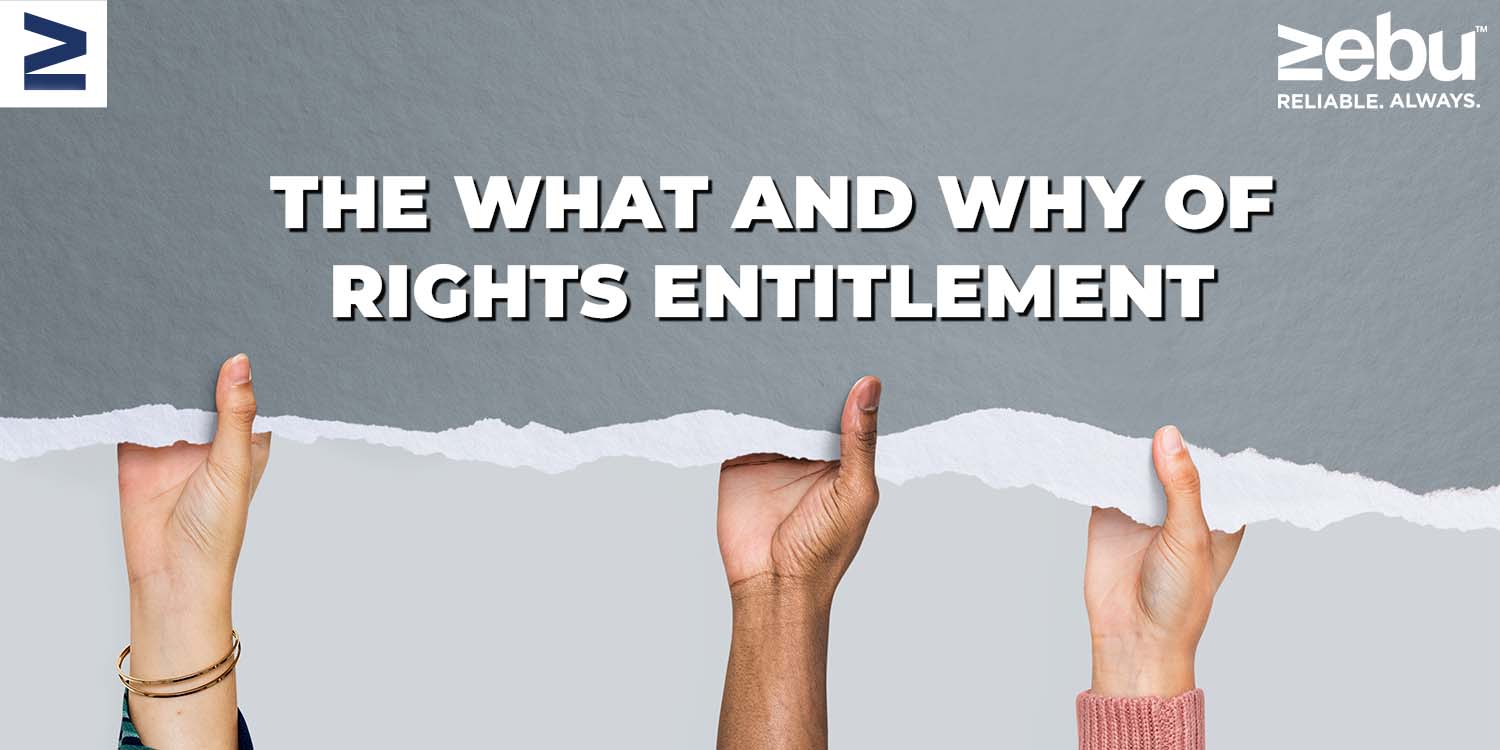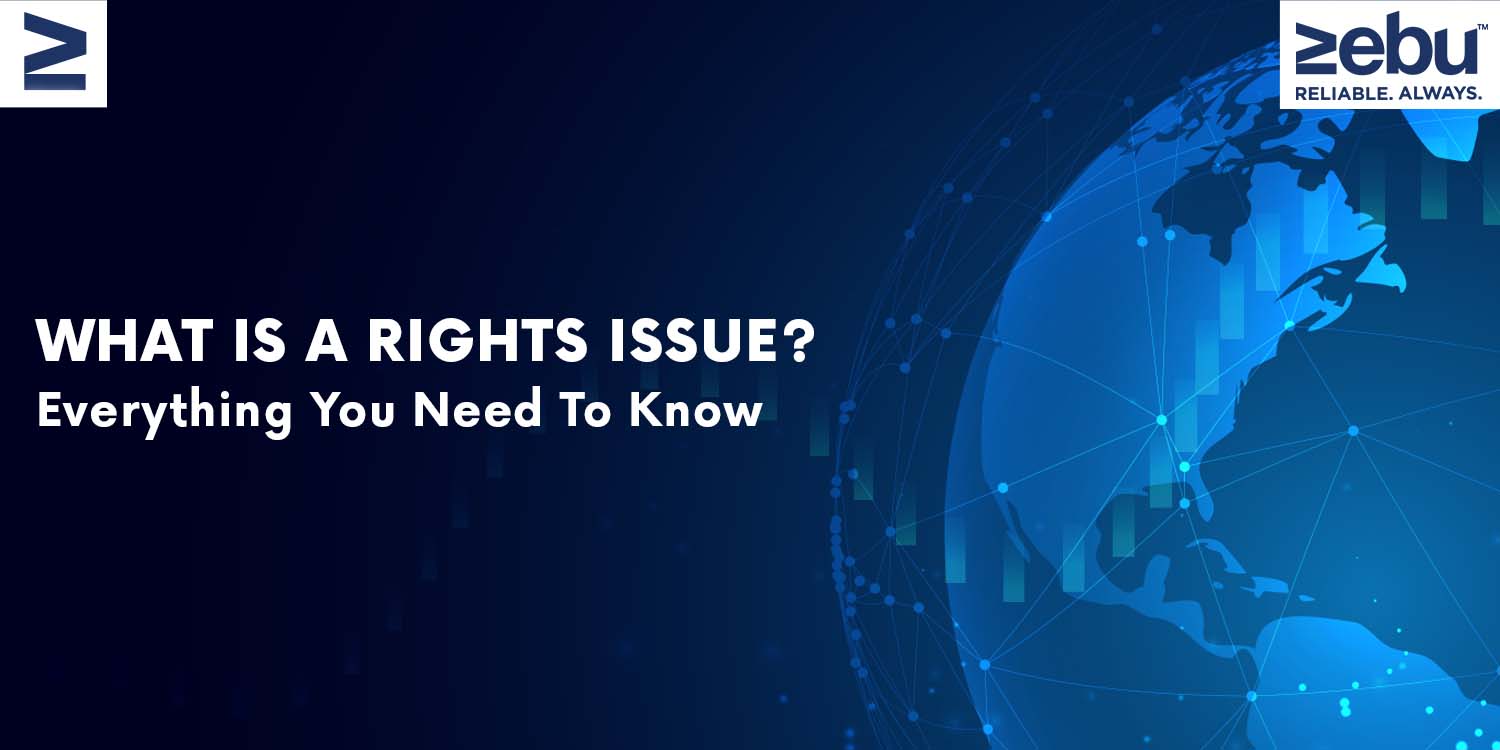
If a shareholder wants to take advantage of a rights offer, they will have to pay the rights price for the number of eligible shares. If a shareholder doesn’t want to buy more shares of the same company, they can either give up their rights or transfer them to someone else.
It’s easy: I have the right to buy more shares, but I give up that right in your name. This means that you, who may not even be a shareholder, can buy the shares at the rights issue price. I might charge you a fee for this “renunciation.” If the rights issue price is 500 and the company is trading at 700, I will charge 200 per right entitlement to give it to someone else.
What does “Rights Entitlement” mean?
This is a fairly new thing on the Indian stock market, where the rights themselves are traded.
When a company does a rights issue, it gives its shareholders Rights Entitlement (RE). As part of the rights issue, the same number of REs are given to each shareholder as of the record date. Using the same example as before, a person who owns 14 shares of Bharti Airtel will get RE for every 1 share they own.
Reliance Industries was the first company to give its shareholders their rights directly to their Demat accounts so they could trade them on the exchange platform.
When you sell a RE, you give up your rights and give them to someone else. The person who buys the RE is given the option to buy the shares.
If you have RE shares, that doesn’t mean you also have the rights shares. An investor needs to fill out an application for rights shares based on separate entitlements. RE lets rights holders who don’t want to buy more shares of the same company sell their RE shares on a trading window on exchanges to other willing investors for a price.
Shareholders who didn’t want to apply in the past had to let their RE expire. The renunciation process was complicated, and both the buyer and seller had to sign paper forms. But when the process is handled by the exchange, it’s much easier. All you have to do is click on your broker’s platform, and it’s sold. By giving out RE shares, investors can get some value from their RE shares.
Setting the price of RE
The difference between the stock’s market price at the time and the price at which the rights issue is being sold is used to figure out the price of the rights entitlements. Once the base price is set, price changes depend on how the market feels and how much demand and supply there is for the RE. For example, Airtel’s rights shares were being sold for 535, but at the time, each share of Airtel was worth about 681 on the market. So, RE’s base price, or what it was really worth, was 146. But on the first day, it went up by 40 percent and closed at around 205.
Why would someone pay more than 146 for an Airtel share? The answer is in the actual issue, which is not for regular shares but for partially paid shares. The money for these shares doesn’t have to be paid all at once. Instead, it will be paid in parts over time. This adds a layer of “optionality,” which is why the RE is worth more ( 205) than the “intrinsic” difference of 146.
Paid in part
When a company gets money from shareholders, it gives them shares that show how much of the company they own. You can pay for these shares in full or in part. When a share is fully paid, the company gets the whole amount at once. When a share is only partially paid, the company gets the money over time. If a business goes the second route, it doesn’t have to raise all of the money at once. Also, it gives shareholders more time to pay for their shares.
Investors can buy a company’s stock at a lower price if some of the shares have already been paid for. But they have to pay the rest of the payments when they are due. Once all the payments are made on these shares, they are turned into fully paid shares and traded at the same price. (These shares don’t come with as many voting rights or dividends.)
For example, each share of RIL’s rights issue costed Rs 1257. But the company was supposed to get the money in three parts from the shareholders –
314.25 at the time of allotment, 314.25 by May 31, 2021, and 628.5 in November 2021 for the last payment.
Tata Steel was the first company to list its partially paid shares on the bourses.
Price of shares that are “partially paid”
Like fully paid shares, these partly paid shares can be bought and sold on stock exchanges. Their price depends on how much the company’s fully paid-up stock is worth, how much of the instalment has been paid, how much time is left to pay the rest, how volatile the stock is, and, of course, how much people want to buy them. The issuance price or base price is the part of the amount paid for a partially paid share.
For example, on June 15, 2020, RIL partially paid shares were listed. On the day the shares were put on the market, they were listed at Rs. 698, which was more than double the base price of 314.25. The difference comes from the fact that:
There was still about Rs 943 to be paid.
The price of a fully paid share of Reliance was Rs. 1615.
The price of the PP (partially paid) share should have been 672, which is the difference between Rs. 1,615 and Rs. 943.
But it was sold for Rs 698. The slightly higher price takes into account how volatile the money is and how much it will be worth in about 1.5 years when Reliance was expected to get the remaining money.
Since then, Reliance has paid 314.25 for the second call, bringing the total amount paid to 628.5. The PP trades at 1,944 in October 2021, which looks like a return of more than 200 percent. However, this is mostly because the partly paid share has built-in leverage that makes it act like an option contract.

